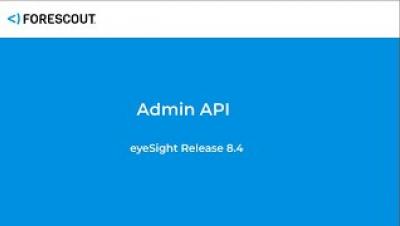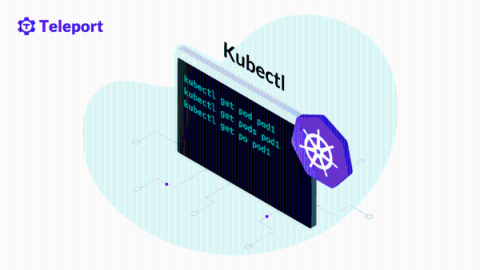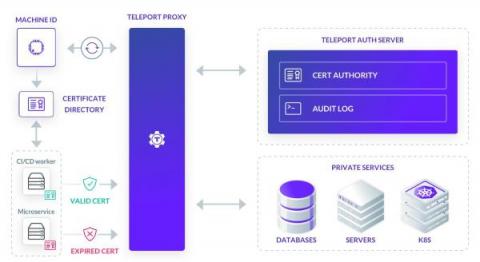4 lessons from 'Hack the Port' about 'critical infrastructure' cybersecurity
Cybersecurity leaders and practitioners recently gathered at Hack the Port in Ft. Lauderdale, Florida to discuss the evolving threats to ports – a key sector within the nation’s critical infrastructure – and how to better protect them.











